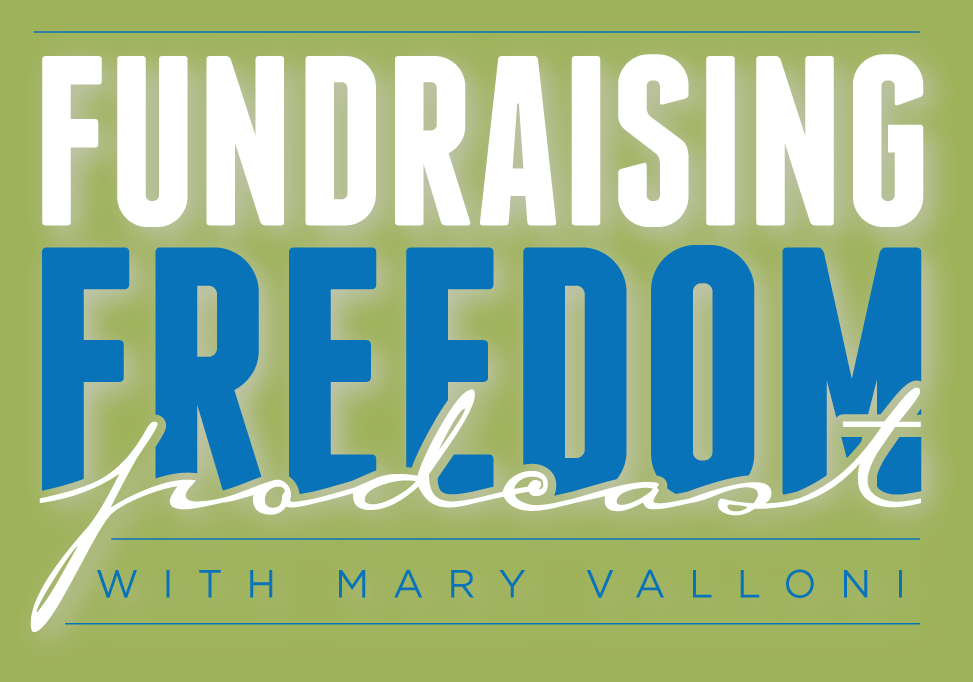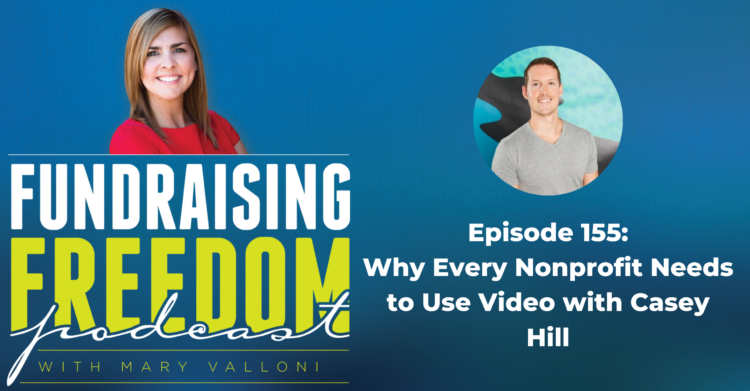Podcast: Play in new window | Download
Subscribe: Apple Podcasts | Android | RSS
I’m joined today with Casey Hill, Head of Growth at Bonjoro. Bonjoro is a personalized video messaging app with the mission of empowering every organization to build real and lasting relationships with its customers, donors, or community, no matter where they live or work. Casey is a published contributor with Forbes, Entrepreneur, Inc., and many other world-class outlets. At his core, Casey believes passionately in connecting people and a customer-centric mindset.
Why do you think video is so important?
Video has context. It has facial expression, voice, and body language. This is why video is so powerful. People see a video and it allows them to relate and there is a sense of familiarity; there is a real human being on the other side. Another reason is it’s different. People receive mass amounts of solicitations every day through emails and newsletters. If you do something unique, that becomes a branding component of you and captures the attention of your audience.
How do you recommend someone gets started with recording videos?
When it comes to personal video, the number one fear that is holding people back is actually being in front of a camera. But, this is more about building a relationship. People relate to other people who are authentic. You don’t have to be in a studio with perfect lighting and soundboard. There’s a big difference in a professionally produced video and a personal video in terms of how you build a connection with someone. The imperfection is what aids those personal videos. At the core, it’s all about being human.
The other thing that trips people up is the time component. You really want to drill down on the result. You might make 100 calls in a day and get one donor. Maybe you can only do 40 videos in a day, which is obviously less, but maybe you get two new donors out of the deal. The result is you’re now getting two instead of one. Yes, recording a video is going to take more time, but I think you’ll have a greater impact.
Do you have an example of a nonprofit successfully using videos?
One I’ve been working with recently is an organization that has hospitals and doctors internationally and they’ve been recording videos on the ground of people getting operations and showing donors their dollars at work. It’s not a cinematic production; it’s real people talking to the kids they are helping. It’s incredibly powerful if you as a donor receive a personal video from the organization you just made a donation to. Video allows you to show gratitude in a whole new way.
Can you share a little more about Bonjoro?
Basically, Bonjoro allows you to send personalized video emails. Say you have 50 people who have made donations and you want to send them a personal thank you. You’d take that list of people, upload it into our system either from your phone or computer, then you start recording those thank-yous. And that’s it. What this does is show your donors that you’ve taken the time out of your day to do this thing, which is so meaningful. You’re investing in that relationship, and the most successful organizations are the ones with strong relationships with their donors and communities.
Aside from Bonjoro, are there any other resources you would recommend?
I’m a huge book person, and I recently gave my first 10 out of 10 review. It’s a book called Fanocracy by David Scott. The whole concept is how to build fans around your organization. It’s so applicable to everyone, no matter your industry. Everyone benefits from having not just a customer, but a fan. When you think about the brands you’re loyal to, what are the things they do to impress you? The book dives deep into that concept and it goes into this interesting chapter which talks about mirror neurons which is very applicable to video.
What does fundraising freedom mean to you?
What first comes to mind is staying ahead of the game, or not being stuck in the mode of desperation. When a donor calls your organization asking if you need help, that’s what you do when a family member or friends needs help. That’s a different level of connection. To me, that is an awesome example of getting out of the “playing catch-up” mode. That organization has clearly spent time cultivating their relationships with their donor base.
Resources mentioned:
Fanocracy: Turning Fans Into Customers and Customers Into Fans
Connect with Casey:
Connect with Mary:

